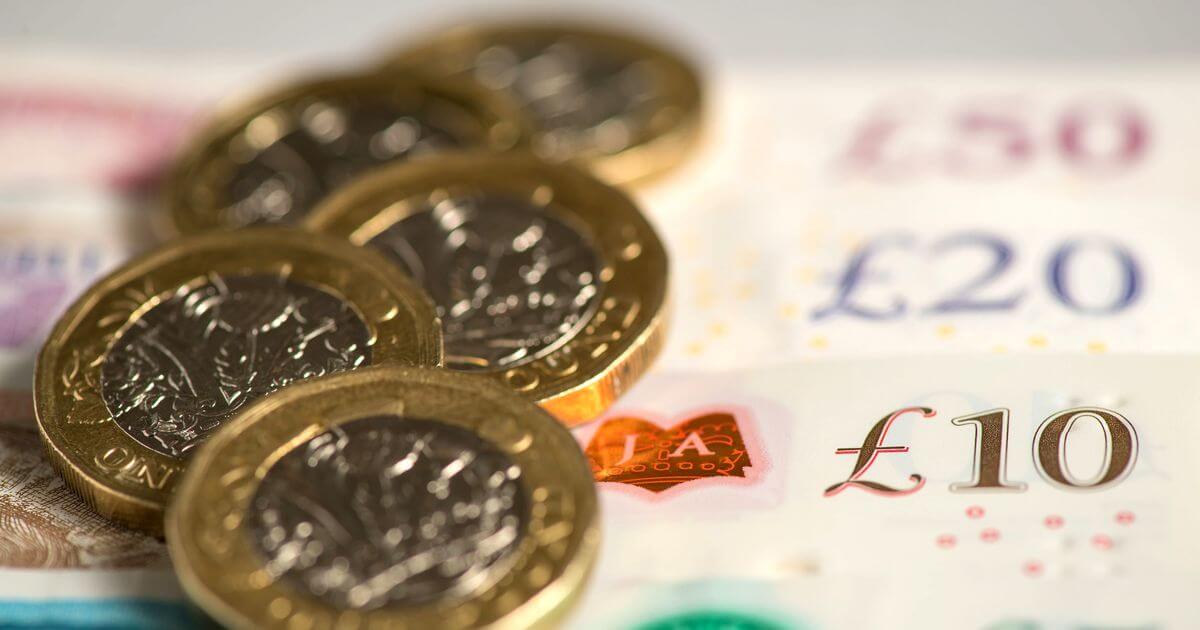
UK Government Borrowing Surged to a Record £31.6 Billion
Official figures today show UK Government borrowing surged to a record £31.6 billion in November as efforts were ramped up to support the economy through the second wave of the pandemic.
But numbers from the Office for National Statistics also show, that in the third quarter, the economy grew by 16 per cent, more than the initial estimate of 15.5 per cent, as it bounced back from the deepest economic hit in more than 60 years. This new figure represents the fastest quarterly increase since records began in 1955.
The ONS said last month’s borrowing – excluding state-owned banks – soared by £26bn year on year and marked the highest seen in November and the third highest in any month since records began in 1993.
The latest estimate saw public sector net debt reach a new all-time high of £2.1 trillion at the end of last month.
It means the UK’s overall debt is now around 99.5% of gross domestic product, which is a measure of the size of the economy; a level not seen since 1962.
Borrowing has hit £240.9bn for the first eight months of the financial year; £188.6bn more years on year and breaking yet more records.
Recent official forecasts from the Office for Budget Responsibility predict borrowing could reach as high as £393.5bn by the end of the financial year in March, which would be the highest seen since the Second World War.
It comes after the Government launched more than 40 schemes across the UK to help households and businesses through the coronavirus crisis.
One of the costliest has been the furlough scheme for workers, which was last week extended again until April 2021.
The most recent figures from HM Revenue & Customs showed another £3.4bn worth of claims were made between November 15 and December 13, taking total claims to £46.4bn with 9.9m furloughed jobs.
The ONS said borrowing rose as tax and National Insurance receipts fell by £38.3bn, some 8.6%, year on year in the eight months to November.
But Government support for individuals and businesses during the pandemic contributed to a 30% or £147.3bn hike in central government spending.
The ONS’s new figure of 16% growth for Q3, while the fastest on record, was still not enough to make up the ground that the UK had lost in the preceding three months.
Between April and June, GDP dropped by 18.8%, revised down from earlier estimates of 19.8%, as the effects of the Covid-19 pandemic hit the economy. The first lockdown was launched on March 23.
Taken together, it means that the level of UK GDP was still 8.6% lower in the third quarter than it had been at the end of 2019.
The UK has also proven to be the worst-hit country among some of the world’s biggest economies.
When compared to other Group of Seven members, the UK economy was twice as badly hit.
It fell by 21.2% in the second quarter compared to the end of 2019. Only France at 18.9% and Italy at 17.8% came close to the hit that the UK took during that quarter.
The recovery in France and Italy has also seemed to be speedier than the UK, the ONS showed.
It suggested the differences between countries could be a reflection of how the virus spread and how the lockdowns were implemented in the countries in question. The official body pointed out some impacts could be measured differently in different countries.
Countries where the economy was heavily based on face-to-face interaction could also be more likely to be economically impacted by the virus.

